"Guangdong has always been a vibrant place for foreign exchanges, lifting millions of Guangdong citizens out of poverty and fostering a renewed social ethos over the past 50 years," said Ye Jianqiang, the photographer of an award-winning photo that reflected the "rapidly developing economy of Guangdong after the reform and opening-up," capturing a woman on the phone discussing a deal with foreign clients.
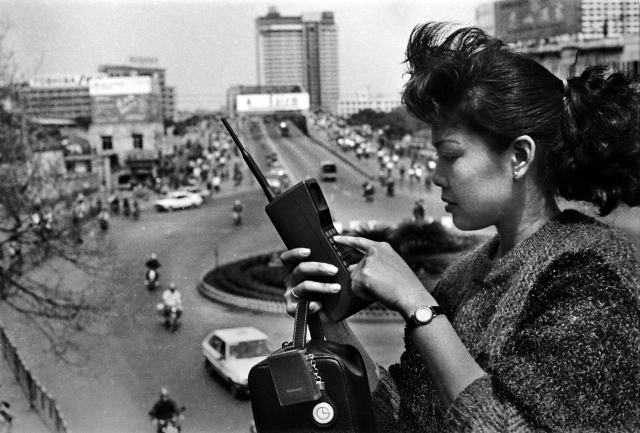 A fashion designer in 1989 was elated to have brokered foreign deals. This photo won China's highest photography honor.
A fashion designer in 1989 was elated to have brokered foreign deals. This photo won China's highest photography honor.
With over 50 years of experience in photography, the retired professional founded the first private photography museum in Guangdong's capital city, Guangzhou, to showcase the changes in the society brought about by the reform and opening-up which began in the late 1970s.
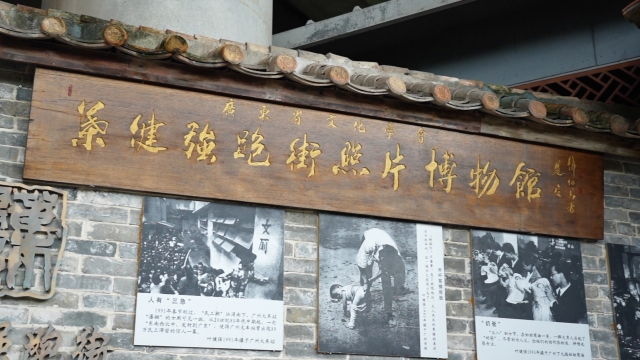 Ye Jianqiang's museum is located under an overpass in Guangzhou's Xiaozhou Village, serving as a community center for cultural activities.
Ye Jianqiang's museum is located under an overpass in Guangzhou's Xiaozhou Village, serving as a community center for cultural activities.
Over the past 50 years, Ye has witnessed many foreigners come to Guangzhou to do business, with many achieving success later in life.
 Foreigners invited to a traditional service to remove hair with threads in Guangdong in 2009, 10 yuan each time.
Foreigners invited to a traditional service to remove hair with threads in Guangdong in 2009, 10 yuan each time.
"Many foreigners came to Guangzhou, and they liked it very much. Their businesses became successful because their Guangzhou counterparts are genuine, non-deceptive, and straightforward, whether in communication or handling affairs," Ye said.
Ye considers Guangzhou an open place that upholds universal values and is down-to-earth. "With a flexible business environment, foreigners and Guangzhou residents build a sense of trust step-by-step based on mutual respect."
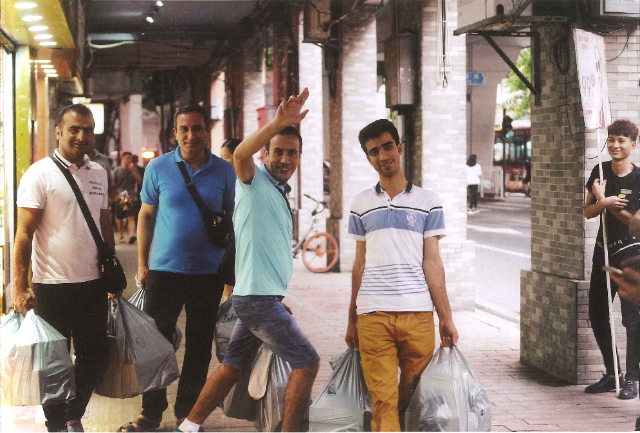 Foreigners enjoyed a shopping spree in Guangzhou and returned in 2024 with a full load of affordable products.
Foreigners enjoyed a shopping spree in Guangzhou and returned in 2024 with a full load of affordable products.
Displaying works selected from his collection of over 100,000 photos throughout his career, Ye believes a museum is the best way for methodical preservation, progressive presentation, and effective interaction with the public.
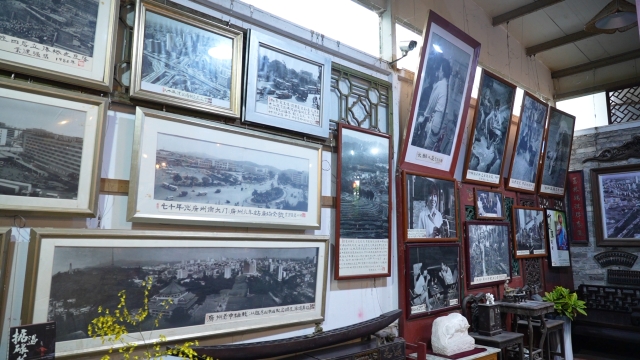 Ye's two-story museum allows him to display photos on the first floor and store collections in the attic.
Ye's two-story museum allows him to display photos on the first floor and store collections in the attic.
"A museum is different from other art forms because it is about accumulation and 'sediments.' Over the past 50 years, I have seen the spirit and inner qualities of the city and its people. I need a container that can accommodate growth, allow renewal, and enable enrichment. Temporary exhibitions lack the accretion of time that museums offer.”
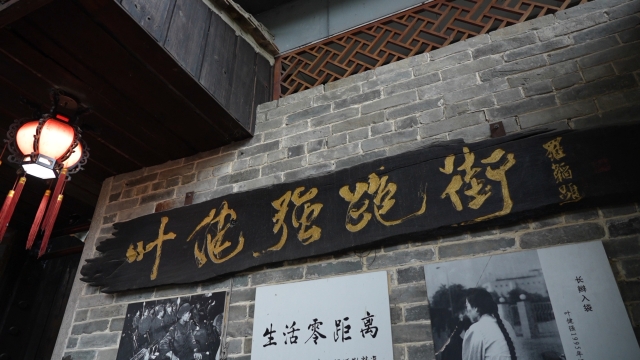 A corner in Ye Jianqiang's Street Photos Museum.
A corner in Ye Jianqiang's Street Photos Museum.
Ye reminisces about the 1980s and 1990s, a time when Guangzhou gradually took on a charming, lively, and vibrant new look. "After the reform and opening-up, the entire city began to 'move,' with economic activities and the flow of people, representing a trend of social progress."
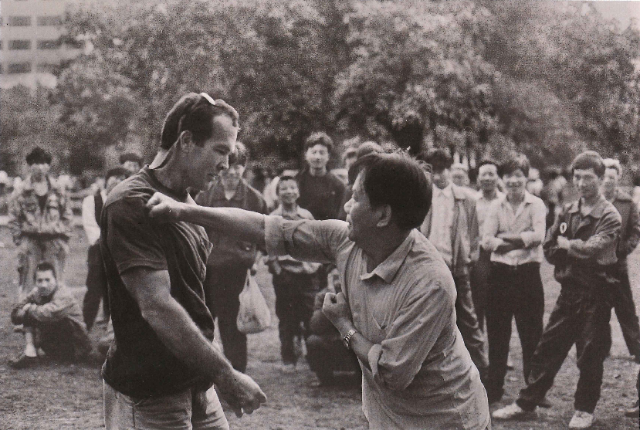 Chinese Kung Fu enthusiast asking for a punch to test his endurance in Kung Fu in 1996.
Chinese Kung Fu enthusiast asking for a punch to test his endurance in Kung Fu in 1996.
A typical example is the photo of a woman using an expensive retro cell phone to inform her friends of the successful foreign deals she had made.
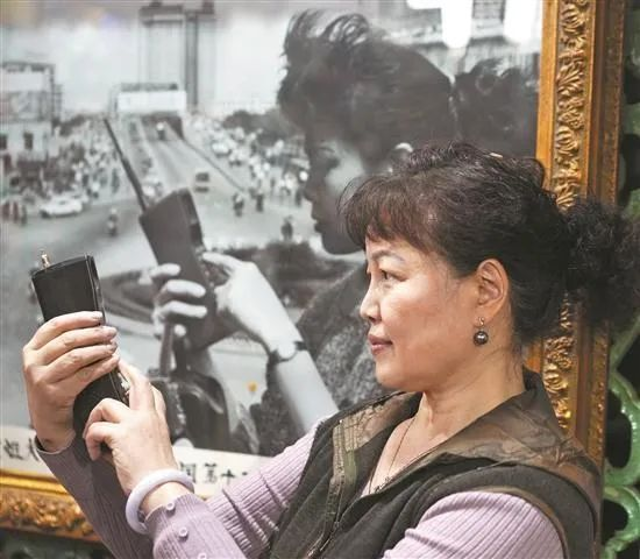
After over 30 years, in 2022, the woman in the photo re-encountered photographer Ye Jianqiang and replayed the scene.
Filled with a can-do spirit, everyone in the 1980s and 1990s believed that society would reward them for their hard work.
As a result, Guangdong, with its geographical advantages, became a hot spot teeming with people eager to make a fortune. "North, East, South, West, to get rich, Guangdong is the best" became a popular saying.
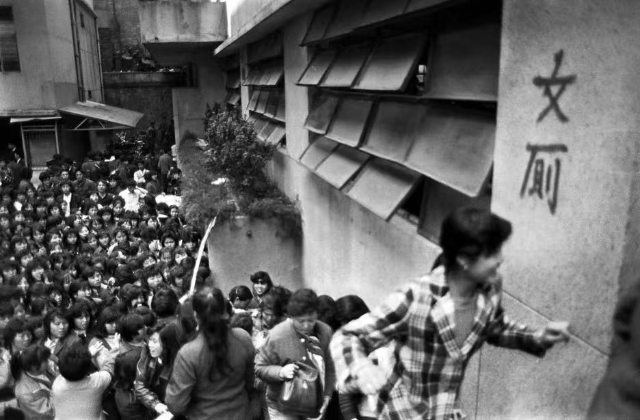 The ladies' toilet at Guangzhou Railway Station overflowed with migrant workers returning to work after the 1991 Spring Festival.
The ladies' toilet at Guangzhou Railway Station overflowed with migrant workers returning to work after the 1991 Spring Festival.
"Guangdong is adjacent to the sea, as well as Hong Kong and Macao. Historically, it was also the confluence of rivers. Therefore, any trends, whether coming from the north, south, east, or west, all converge in Guangdong."
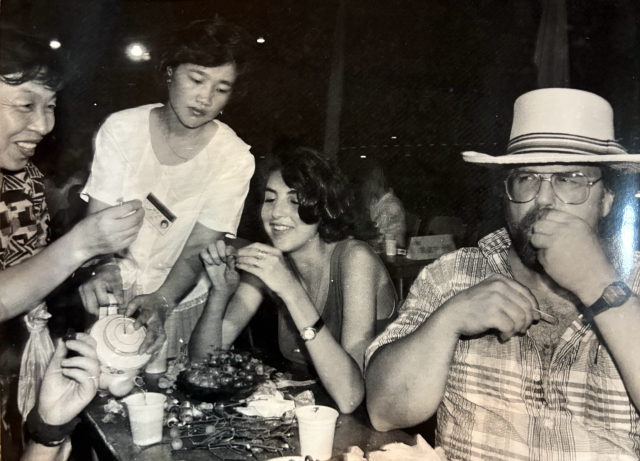 Guangzhou citizens taught foreigners how to suck fried field snails as Chinese locals do.
Guangzhou citizens taught foreigners how to suck fried field snails as Chinese locals do.
Ye noted that at that time, material resources in Guangzhou were relatively scarce. The province lacked advanced foreign technologies and management models. However, with the help of places like Hong Kong and Macao as intermediaries, the region introduced many advanced Western technologies and continuously attracted investment. Gradually, the light industry in Guangzhou became the "number one" in the country.
"The refrigerators and washing machines we used were gradually introduced in this way."
The prosperity of our current cities does not materialize out of thin air. Instead, it is based on the foundation we laid in the past, which enables every step we now take to move forward, Ye concluded.
Reporter/Script: Huang Xinyi
Photo: Liang Zijian, Ye Jianqiang provided to South
Video/Poster: Liang Zijian
Editor: Hu Nan, James, Shen He
















